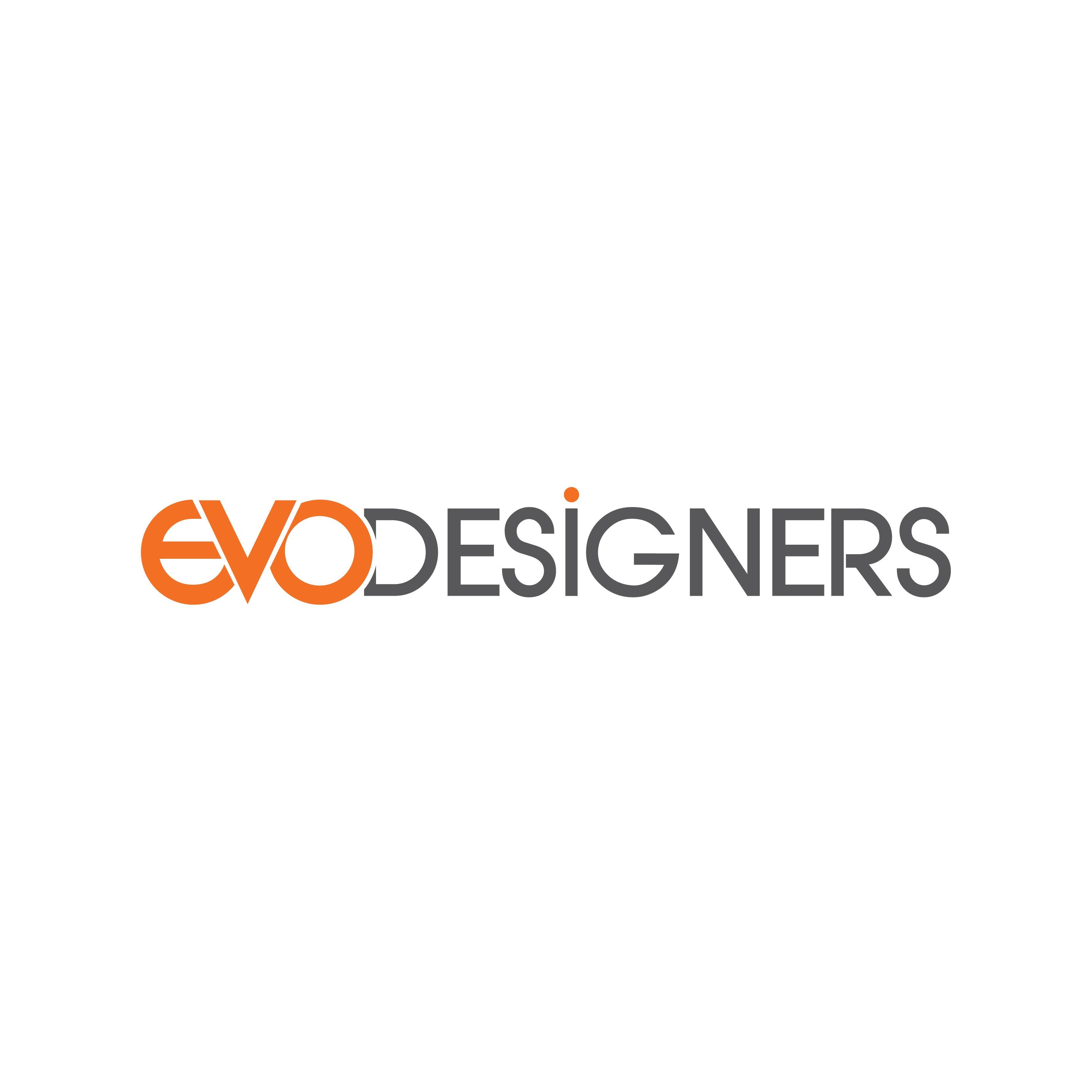Introduction
Why UX/UI Design Needs More Than Just Aesthetics
UX/UI design has evolved far beyond simply being “good looking.” While clean layouts and color schemes are still essential, today’s users demand more. They want experiences—smooth, intuitive, and even emotional. That's where animation enters the picture. Think about it: would you rather navigate a static website that feels robotic, or interact with a digital interface that feels alive, guiding you like a friendly companion?
Design isn’t just about pixels anymore. It’s about behavior, interaction, and connection. Animation bridges the gap between sterile design and meaningful interaction. It transforms flat experiences into lively, engaging journeys. Designers at Evo understand this well. For them, animation isn’t decorative—it’s functional and transformative. It shows users where to look, what to do, and how to feel.
Animation breathes life into digital products. It’s the heartbeat of modern interfaces. And when it’s done right, users may not even notice it—they’ll just feel it working.
The Role of Animation in Modern Digital Products
So, how exactly does animation elevate UX/UI design? Let’s get into the core of it. Animation enhances interactivity, provides feedback, and creates smooth transitions that make the user journey seamless. It acts as a bridge between design and function. Instead of leaving users confused or making them wait without explanation, animations communicate—instantly and intuitively.
From microinteractions (like a heart filling with color when liked) to major transitions (such as page changes or modal popups), animation smooths out rough UX edges. Evo Designers integrate these elements not for flair, but to improve clarity, engagement, and flow. They understand that motion should serve a purpose. A button bounce isn’t just cute—it reassures you that your click was registered.
Animation also tells a story, and in today's design landscape, stories sell. They keep users engaged, make brands memorable, and push interfaces from functional to delightful.
The Psychology Behind Motion in Design
Human Perception and Movement
Our brains are wired to notice motion. It’s evolutionary. Movement means life, change, or sometimes danger. That’s why animated elements grab attention much faster than static ones. Smart designers use this to their advantage. Animation directs users without overwhelming them.
For instance, a small movement can subtly pull focus toward a call-to-action button. Or a hover effect might confirm interactivity, letting users know: “Yes, you can click me.” Motion becomes a visual cue, improving both usability and emotional response.
But there's more. Motion also satisfies a basic cognitive need—closure. When a user clicks something and sees a response (a slide, a bounce, a fade), it confirms that the system understood. It creates a sense of interaction and responsiveness, making users feel in control. Evo Designers understand this dynamic deeply. They design movement to match user expectations, easing transitions and reducing friction.
How Animation Creates Emotional Connections
Emotion drives user behavior. Interfaces that evoke feelings—trust, delight, satisfaction—perform better. Animation taps into that emotional layer. It makes interactions feel organic. Think of the satisfaction of watching a file upload progress bar grow smoothly to 100%. Or how a pull-to-refresh gesture feels more natural when there's a responsive motion.
Evo Designers leverage animation to humanize digital products. It’s like adding facial expressions to an otherwise expressionless robot. The motion doesn’t just serve functionality; it enhances the experience by making users feel understood and valued.
Whether it’s a subtle shake on a wrong password or a joyful celebration when a task is completed, these small touches create big emotional impacts. When users connect emotionally, they’re more likely to trust the product, engage longer, and return more often.
Functional Animation: Guiding the User
Microinteractions and User Navigation
Microinteractions are the unsung heroes of UX/UI. They're those tiny animated moments that respond to user actions—like toggling a switch, clicking a button, or receiving a notification. They seem small, but their impact is massive. When used wisely, they make interfaces feel more responsive, intuitive, and even fun.
Evo Designers treat microinteractions like crucial communication points. A button that gently expands on hover or a smooth swipe animation when deleting an email—they’re not just pretty. They tell the user, “Yes, your action is being recognized.”
Navigation becomes a breeze when animation shows you what’s happening. Transitions between pages can indicate hierarchy. Sliding menus suggest continuity, while fade-outs and zooms provide a spatial sense of change. Instead of users getting lost in a sea of content, they’re gently guided.
When these interactions feel smooth and natural, users barely notice them. But take them away, and suddenly everything feels clunky and confusing.
Directional Cues and Visual Feedback
One of the key benefits of animation is direction. It tells users where they are, where they’re going, and what just happened. Directional cues, like a sliding drawer or a bounce effect when a form is incomplete, give real-time feedback.
Visual feedback is reassurance. It confirms user actions. Click a button—watch it respond. Submit a form—see a confirmation message slide in. These are simple animations, but they build trust.
Evo Designers believe that without visual feedback, a design is like talking to someone who never nods or smiles. There’s no confirmation, no closure. That uncertainty drives users away. But when animation provides immediate, visual cues, users feel heard and understood.
Effective directional animation also prevents errors. Imagine tapping a button and nothing happens—was it broken? Was it slow? With a simple loading spinner or progress indicator, users know what’s going on.



